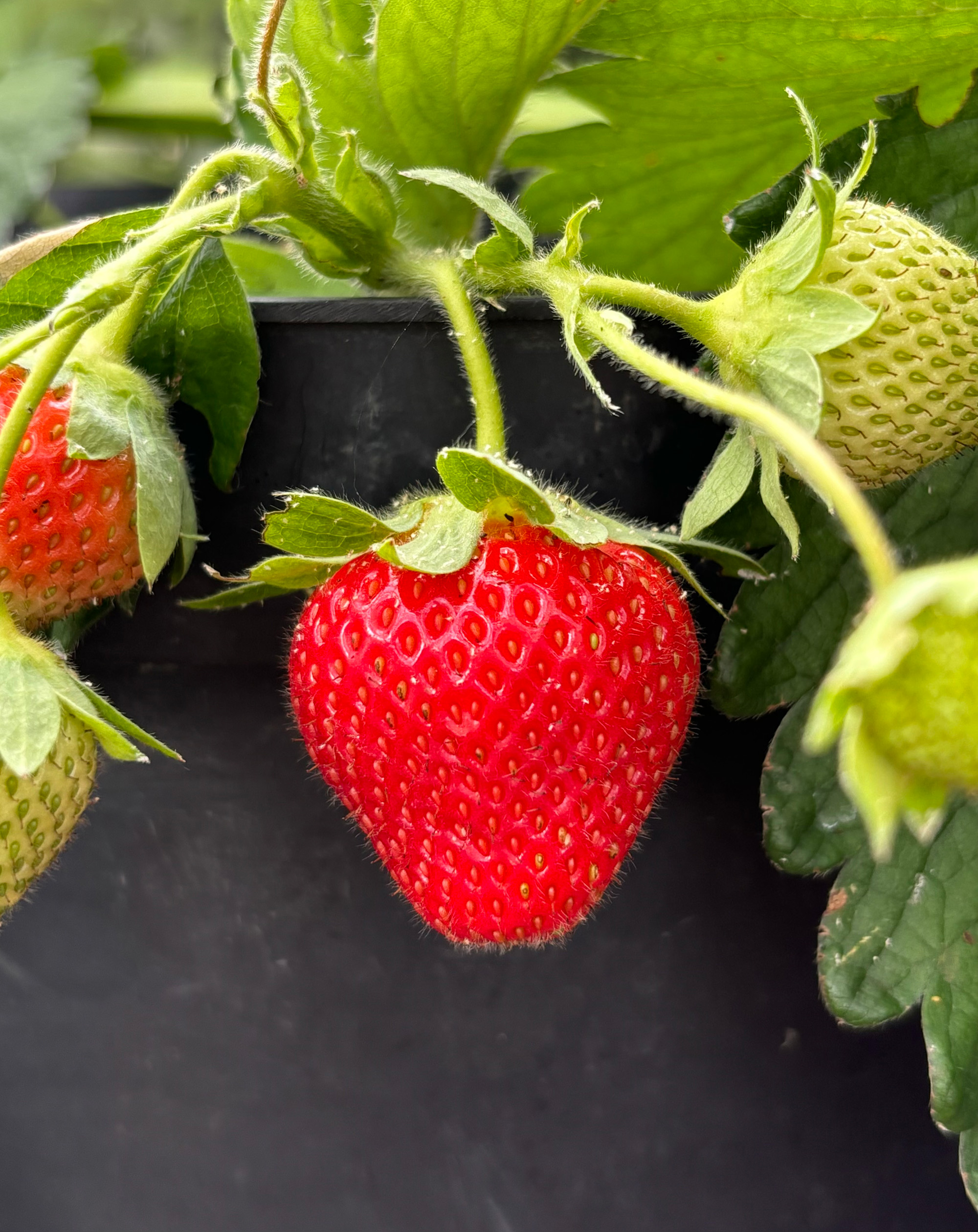As the spring weather continues to confound, I am thankful that my Hartley greenhouse provides some consistency in climate and growing conditions.
Move seedlings from the greenhouse to cold frames or into a sheltered spot for ‘hardening off’ during the day, bringing them in at night, for ten to fourteen days. Where night temperatures have increased and in sheltered spots, you may want to try planting out vegetables and covering them at night with horticultural fleece.
It is really important to check for pests and diseases daily as temperatures rise, and control them before they become established. Control them with biological controls or environmentally friendly sprays, using the sprays first until the biological controls arrive. They cannot be used together. Mist to raise humidity and control red spider mite, make sure that plants are not crowded and keep the glasshouse well ventilated. The most common biological controls are: Phytoseiulus persimilis for red spider mite; Encarsia formosa against whitefly, Steinernema feltiae for scale and Cryptolaemus montrouzieri to control mealybug. Biological controls don’t eradicate but maintain the pests at significantly lower levels, so your plants thrive.

Transplant Aubergines, peppers and chillies into pots of warmed peat free multipurpose or with added peat free John Innes one or two sizes larger than the previous, as they grow. Do this each time they have developed a good root system but before they become pot bound, finally transplanting into 23 cm pots or two per growing bag. Keep a bucket or bag of compost in the greenhouse for 24 hours prior to transplanting. Pinch out the tips from the main stems of aubergines when they are 30-40cm tall. Stake or tie into supports as necessary and the growing tip of peppers and chillis when they are about 15cm to encourage branching and heavier cropping.
Aubergines and tomatoes can be pollinated by tapping the flowers, when the pollen is dry, around mid day, on a bright sunny day. Allow five or six aubergines to form, on each plant.
Plant tomatoes in pots and greenhouse borders, pots or growing bags. As they produce roots from the stems, plant to the depth of the lowest pair of leaves and water well using tepid water.
Once they start growing, remove the side shoots of ‘cordon’ varieties as they appear, using your finger and thumb. Keep the compost constantly moist using tepid water, checking them up to three times a day, particularly if you use growing bags as the compost dries out. Erratic watering often causes calcium deficiency which appears as ‘blossom end rot’, later in the season, when the end of the fruit furthest away from the stem, collapses and turns black. They are still edible, just cut off the damaged end and eat the rest of the tomato. Maintaining moisture levels in the compost also stops them from splitting. Feed with Epsom Salts at one teaspoon per gallon at the first signs of leaf yellowing to avoid magnesium deficiency and once the plants have set fruit, give them two or three feeds with general fertilizer to boost their health, changing to high potash tomato fertilizer for the rest of the season. Happy Gardening, Matt.


